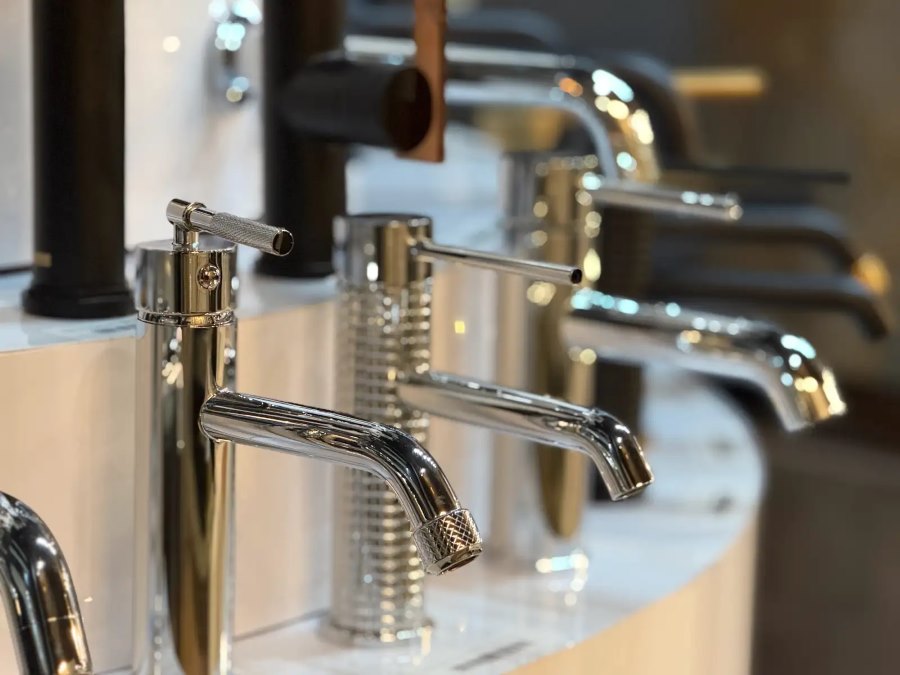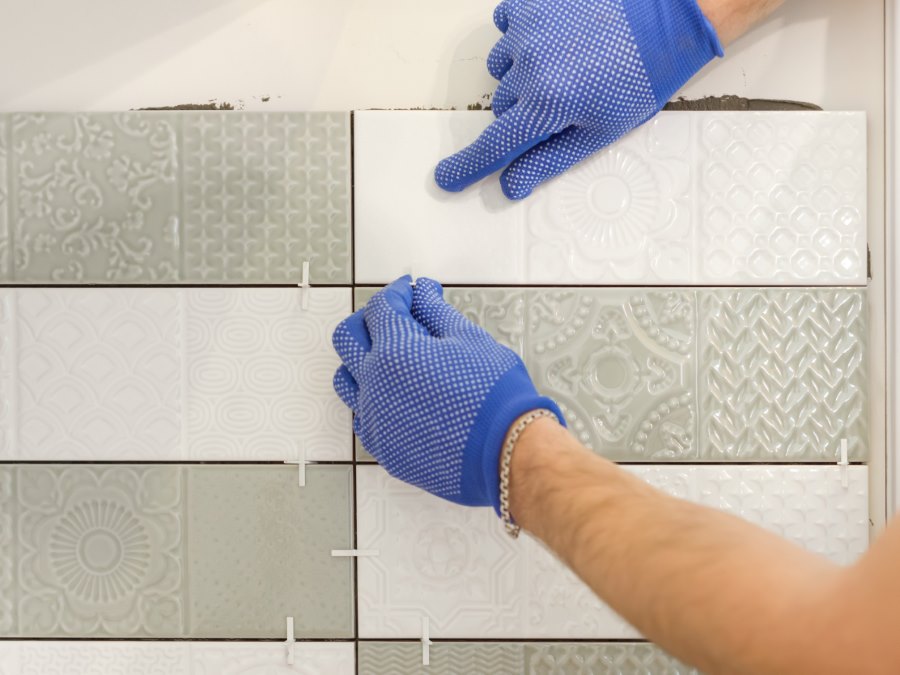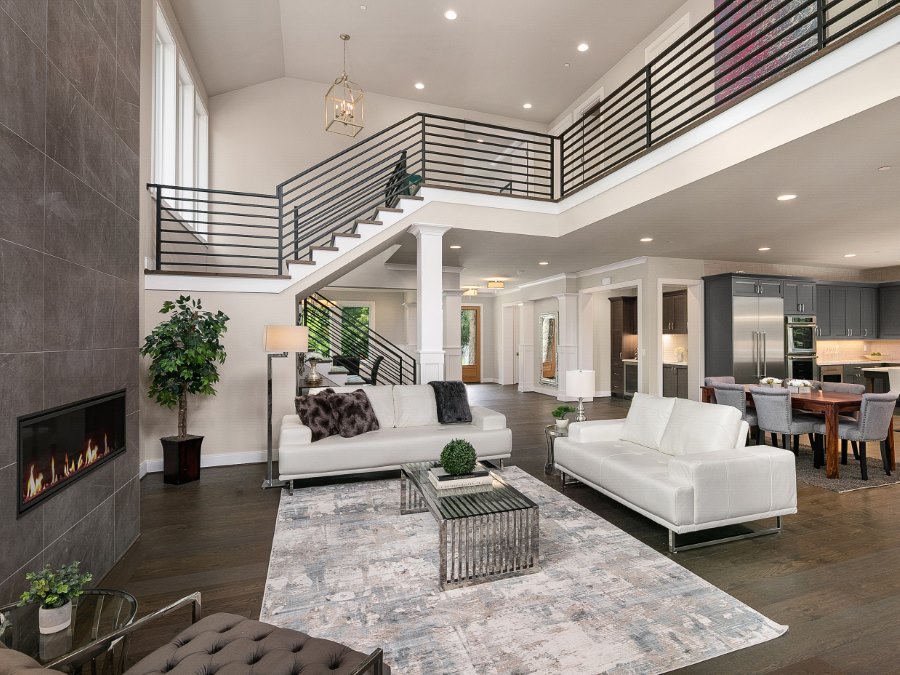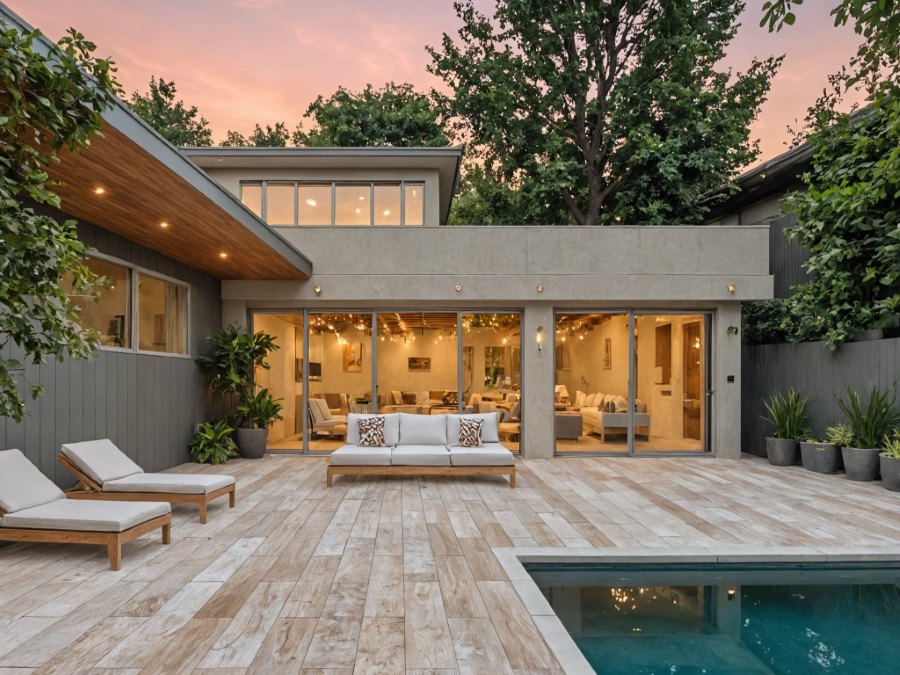Build Green
Embrace sustainability with Build Green insights from Oscar Surfaces. Explore eco-friendly materials, energy-efficient surfaces, and budget-conscious design solutions that support a healthier planet. Our curated selections prove that green building can be both affordable and luxurious—balancing performance, aesthetics, and environmental responsibility for modern, conscious living.
No posts available in this category.
Frequently Asked Questions (FAQs)

Latest articles

Oscar Surfaces x ADHG | 43 Modern Townhouses in Seattle–Burien WA
Oscar Surfaces partnered with American Dream Home Group, TP Home, and Design Stage Manage Sophia to complete 43 modern townhouses in Seattle–Burien, featuring premium finishes and materials.

Oscar Surfaces x Jabooda | 21st Ave Seattle Modern Townhouses

Cabinets & Storage: Your Complete Guide to Organization
Get the best cabinetry & organization ideas for 2025. We explore bar cabinet, pantry cabinet, and medicine cabinet with mirror options for a stunning and functional home.

Laundry & Utility Room: Your Ultimate Guide for 2025
Get the best laundry room ideas for 2025. We explore laundry room cabinets, smart storage solutions, and design trends for a functional and beautiful space.

Kitchen Remodel & Fixtures: Your Complete Guide for 2025
Get the best kitchen design ideas for 2025. We explore kitchen faucet, kitchen sink, and kitchen island with seating options, plus top trends for a stunning remodel.

Bathroom Remodel & Fixtures: Your Complete Guide for 2025
Get the best bathroom remodel ideas for 2025. We explore bathroom cabinets, bathroom vanity with sink, bathroom light fixtures, and top trends for a stunning space.










